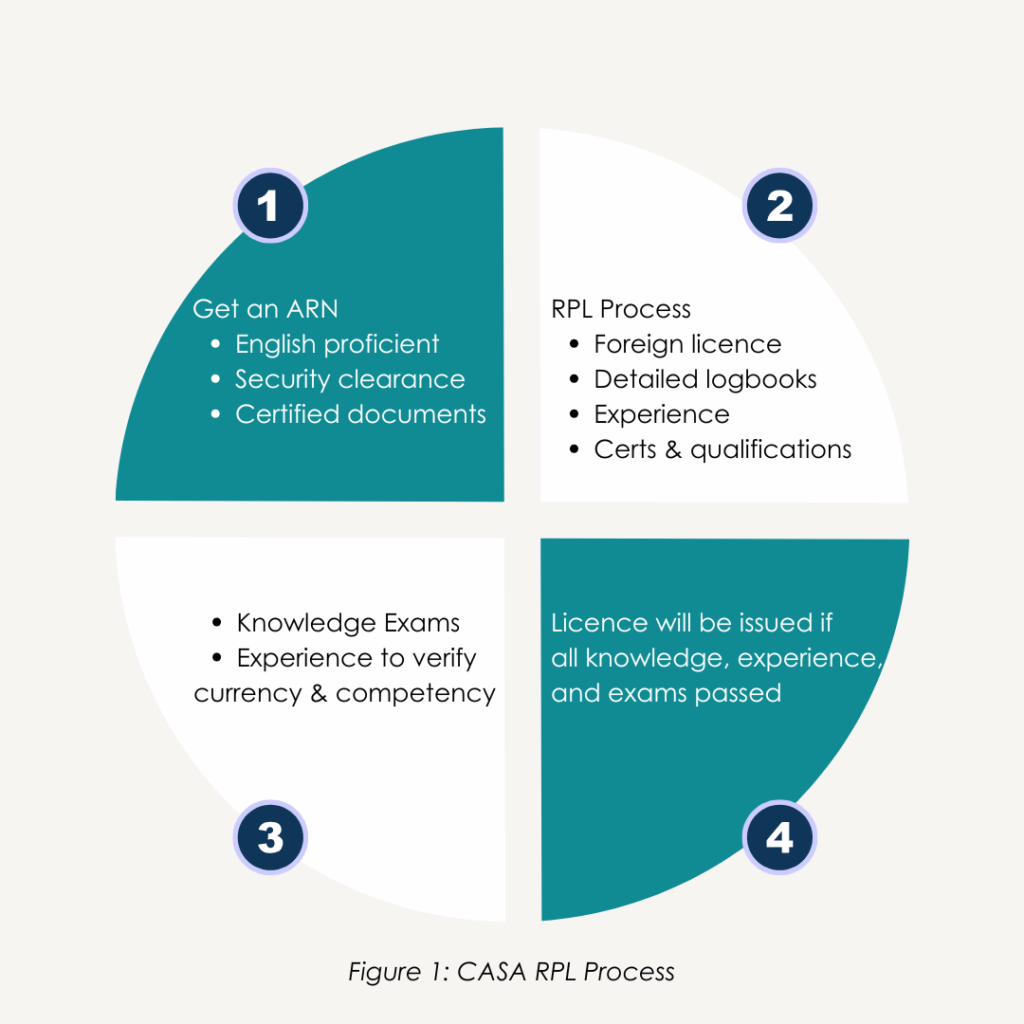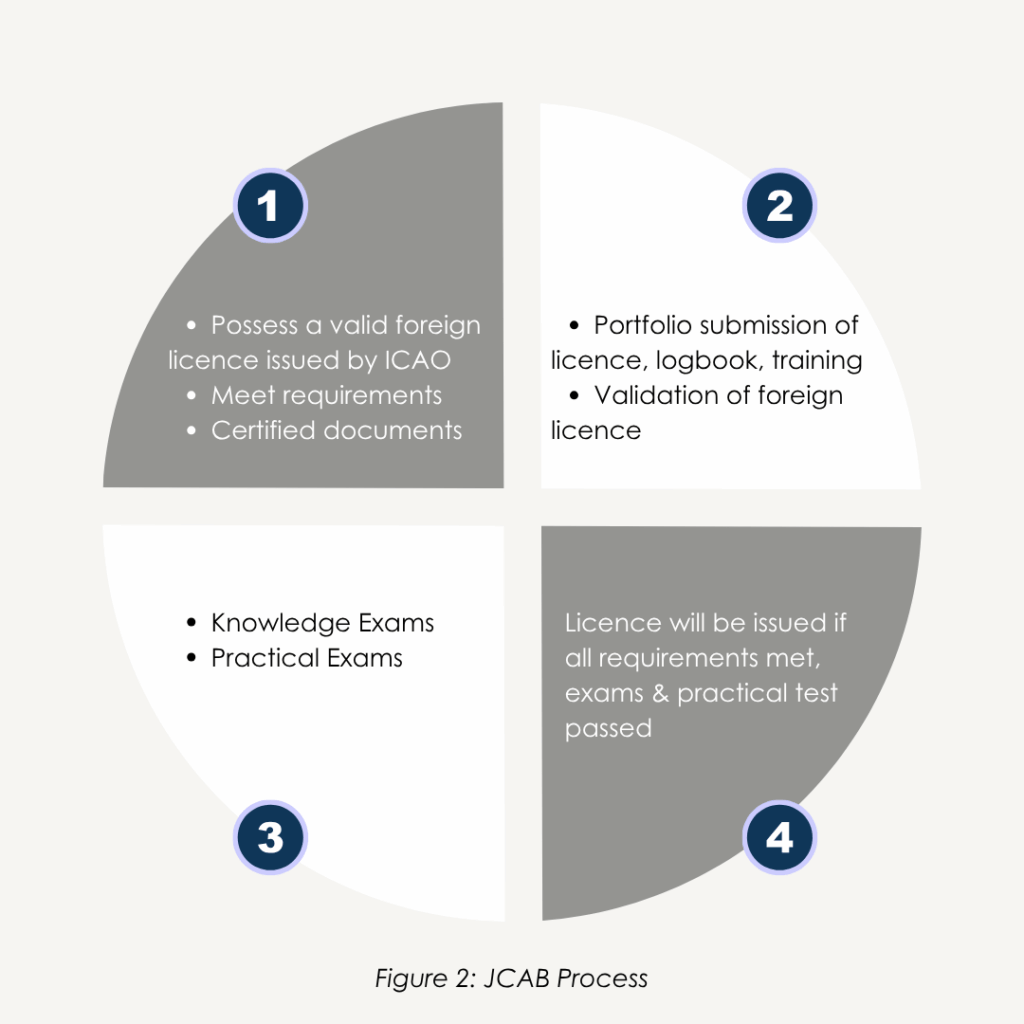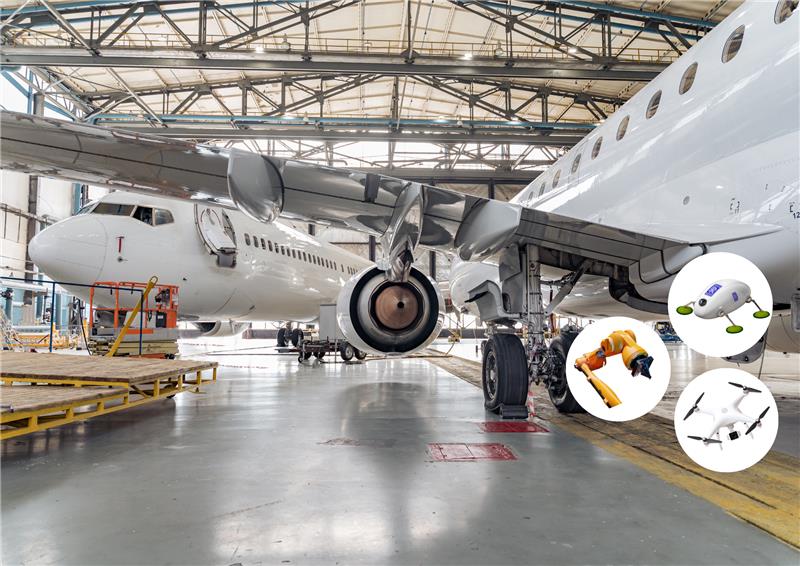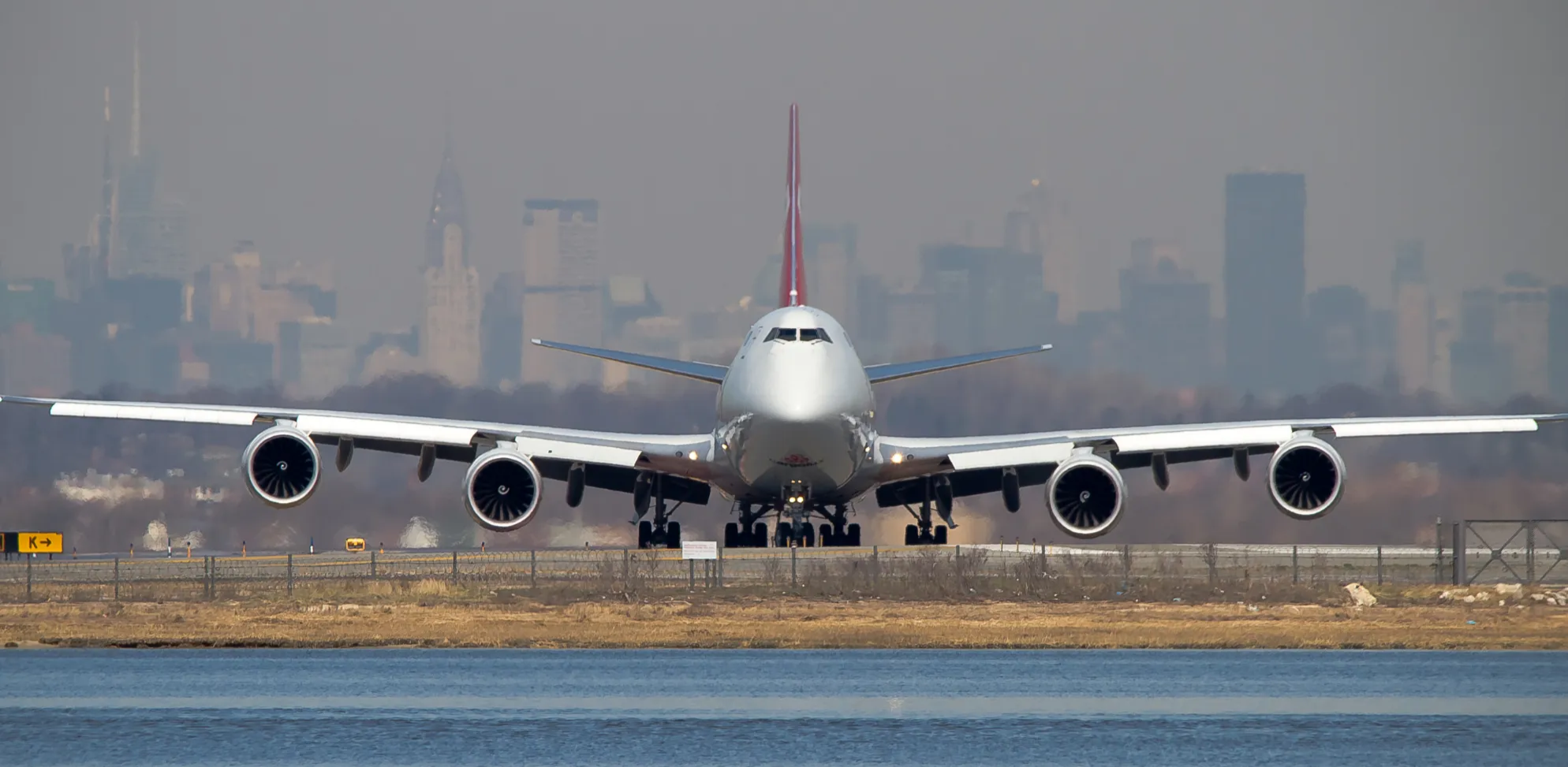- What do I benefit from converting my Aircraft Maintenance Licence? Licence conversion is a strategic move to position yourself in a high-demand market and secure a long-term professional and financial future.
- What Essentials Are Needed for a Licence Conversion in Australia? You’ll need proven English proficiency, security clearance (ASIC) and certified documents (translation is needed for non-English documents).
- What Essentials Are Needed for a Licence Conversion in Japan? You must possess a valid foreign licence issued by ICAO, meet national requirements and have a completed portfolio that’s translated into Japanese.
For a skilled Licensed Aircraft Maintenance Engineer (LAME), Aircraft Maintenance Engineer (AME), or Aircraft Maintenance Technician (AMT), your certification is likened to a global passport. Your precision, dedication, and expertise are in high demand worldwide.
Australia and Japan are two of the APAC region’s most dynamic and rewarding markets, offering incredible professional opportunities. However, their licence conversion processes, governed by the Civil Aviation Safety Authority (CASA)and the Japan Civil Aviation Bureau (JCAB), respectively, are notoriously complex.
As your specialist partners in aviation recruitment, OAI designed this guide to empower you with the knowledge to convert your licence for the countries mentioned. Let us help you navigate this career journey.
Why Should I Convert My Aircraft Maintenance Licence?
According to CAE’s Aviation Talent Forecast (2023–2032), the Asia-Pacific region will require around 115,000 new aircraft maintenance technicians to support fleet growth. CAE also notes that over 80% of today’s workforce may retire or transition by 2032. Oliver Wyman’s Global Fleet & MRO Forecast 2023–2033 predicts a 14% global shortfall in aviation mechanics.
The global aviation industry faces a well-documented and critical shortage of skilled maintenance professionals. This is not a distant problem but an immediate, strategic opportunity for you. The new demand translates into career security, competitive compensation, and the chance to work on the world’s most advanced aircraft.
The Australian Aviation Sector Outlook
Australia’s robust aviation sector supports a vast domestic and international network. The lifestyle is world-renowned, but the professional incentives are just as strong.
- The demand for qualified LAMEs is high, with average salary ranges for experienced engineers often falling between $90,000 and $105,000 AUD.
- You will work in a mature, safety-first environment regulated by the Civil Aviation Safety Authority (CASA). This provides a clear, respected, and internationally recognised career structure.
The Japanese Aviation Sector Outlook
Japan stands as a global hub for technological excellence and is a critical gateway connecting Asia to the rest of the world. It offers aircraft engineers a unique opportunity to work in an environment of unparalleled precision and efficiency.
- Skilled technicians can expect a competitive salary. Though exact figures depend on experience and qualifications, data from salary aggregators in Japan show a typical annual range for a skilled aircraft technician falling between 4 million JPY and 6.8 million JPY.
- Regulated by the Japan Civil Aviation Bureau (JCAB), the Japanese aviation industry is a leader in quality and innovation.
Licence conversion is a strategic move to position yourself in a high-demand market and secure a long-term professional and financial future.
A Simple Guide to the Australian Civil Aviation Safety Authority (CASA)
The process for a foreign licence holder is primarily handled as a Recognition of Prior Learning (RPL), which assesses your existing qualifications against CASA’s Part 66 licence standards.
While every case is unique, the journey generally follows these four-key steps.

Step 1: What Essentials Are Needed For a CASA Application?
Get an Aviation Reference Number (ARN): Your first step is to apply for an ARN. This is your unique identification number for all dealings with CASA.
Here’s a simple checklist before any application is made.
- Prove English Proficiency: You must demonstrate a minimum of Level 4 Aviation English Language Proficiency (AELP) or a minimum score of 6.0 on the IELTS test.
- Obtain Security Clearance: You must pass an aviation security check, such as an ASIC (Aviation Security Identification Card).
- Certify Your Documents: All documents, such as passport, existing licences, and logbooks, must be certified as true copies. A certified translation must accompany any non-English documents.
Step 2: How Will My Skills Be Assessed?
This is the core of the RPL process. You will submit a formal application (not to be confused with a pilot’s Form 61-4A, the engineer’s pathway is RPL) to CASA, providing a comprehensive career portfolio. This includes:
- Your foreign AME/LAME licence.
- Detailed logbooks or work journals.
- Statements of experience from employers.
- Training certificates and qualifications.
CASA will meticulously review this portfolio to determine how your knowledge and experience map to the Australian Part 66 modules.
Step 3: Bridging the Gap Through Exams and Experience
CASA will identify any gaps between your foreign licence and their requirements.
- Knowledge Exams: Though you hold a licence from a recognised authority (like an EASA Part 66), you will still be required to take Module 10 (Aviation Legislation) to prove your understanding of Australian air law. Applicants from authorities with different exam standards may be required to sit additional module exams.
- Recent Experience: This is non-negotiable. You must provide evidence that you have actively exercised the privileges of your licence for at least 6 months within the last 12 months. This verifies your currency and competency.
Step 4: Issuing of Licence
Once CASA is satisfied that you have met all knowledge and experience requirements, passed the necessary exams, and cleared all security checks, you will be issued your Australian CASA Part 66 Licence.
A Simple Guide to Japan Civil Aviation Bureau (JCAB)
The pathway to working in Japan is governed by JCAB, which is part of the Ministry of Land, Infrastructure, Transport and Tourism (MLIT).
The process is known as ‘switching’ of a foreign competency certificate to a Japanese national licence aircraft maintenance technician qualification. This process is governed by JCAB, which is part of the Ministry of Land, Infrastructure, Transport and Tourism (MLIT).
This process is an assessment that depends on your ability to meet Japanese standards and pass specific examinations. Based on official JCAB documentation, your journey is presented through these four key steps.

Step 1: What Essentials Are Needed for a Licence Conversion in Japan
Ensure you meet the foundational requirements before applications.
- Possess a Valid Foreign Licence: You must hold a valid aircraft maintenance licence issued by an International Civil Aviation Organisation (ICAO) contracting state.
- Meet National Requirements: Your experience must satisfy the eligibility requirements (for age, practical experience, etc.) stipulated in the Japanese Civil Aeronautics Regulations.
- Certify & Translate Documents: You must gather your complete portfolio, including your foreign licence, detailed logbooks, and experience statements. A certified translation must accompany all documents not in Japanese.
Step 2: The Portfolio Assessment
To have your foreign licence and experience ‘switched,’ you will need to submit a formal application to JCAB.
- Submit Your Portfolio: JCAB will review your entire portfolio (licence, logbooks, training) to see how your qualifications match the Japanese licence standards.
- Receive Your Determination: Based on this assessment, JCAB will determine if your foreign licence is recognised as valid. You may be granted exemptions for ‘some or all’ written and practical examinations. This determination is the most critical part of the process.
Step 3: Bridging the Gap Through Exams and Experience
You must pass at least one knowledge exam regardless of your prior experience.
- **Knowledge Exams:**
- Aviation Legislation: You must pass the Aviation Regulations (Air Law) exam to prove your understanding of Japanese aviation rules.
- Technical Subjects: Official MLIT (JCAB) documents state that for a foreign licence switch, applicants are exempted from the technical subject exams (Airframes, Engines, Electronics, etc.).
- English Exams: JCAB confirms that applicants switching foreign licences may take the written examinations in English through a Computer-Based Testing (CBT).
- Practical Examination Based on Your Desired Goal:
- For a Class Limitation: If you are applying for a general class limitation (example: Aircrafts over 5,700kg), JCAB may exempt you from all practical tests, provided your logbook validates your experience.
- For a Type Rating: If you’re applying for a specific ‘type rating’ to be added to your new licence, you may need to undergo a practical examination to demonstrate competency if your foreign license does not provide an equivalent validated limitation under JCAB rules.
- In the event that a type-limitation isn’t needed, the practical portion may be partly or wholly waived.
Step 4: Issuing of Licence
You will be issued your Japanese Aircraft Maintenance Technician competency certificate once JCAB is satisfied that you have:
- met all requirements
- passed the necessary knowledge exams
- completed the required practical tests
This complexity is precisely where OAI provides its most significant value. We are not just recruiters; we are your expert partners, and have built our reputation on navigating the challenges that ground other careers. Your skills as an aircraft maintenance professional are in demand. The opportunities in Australia and Japan are vast, but complex regulatory bodies protect them, so let us guide you through this journey.
Contact us today to map out your personal licence or submit your CV here: https://oaigroup.com/Submit-cv/




